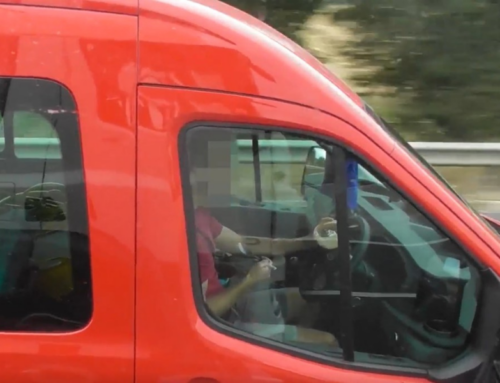“There are so many benefits to using agency drivers. They’ll keep your fleet moving at short notice and add flexibility in terms of your operating costs. Good agency drivers also offer a broad experience of different transport operations that can be really useful. Recognising the unique nature of agency work and offering a proper briefing are the key to successful outcomes.”
Jeremy Neale, MD, Driver Hire UK.
Managing agency drivers – what support do they need?
Agency drivers are a vital part of the driving community, often relied upon to cover holidays, sickness or seasonal peaks. However, they often don’t get the support they need to operate safely.
Even though they are temporary workers, agency staff are still an employer’s legal responsibility in terms of duty of care and health and safety – so they need to be considered when creating your driving for work policy and driving for work risk assessments. There are greater risks around using agency drivers than regular staff, not because they are less skilful but because they are usually new to the operation, the vehicle and the routes.
Proper management support is therefore vital to set an agency driver up for success.
Things to remember about agency drivers:
- They are often put under pressure, because they are typically employed as a solution to an immediate problem.
- They face new challenges daily – and that’s tiring.
- They have probably travelled further to reach the depot than employed staff.
- They are more likely to be asked to work variable shifts, maximise their driving hours/working time hours and be asked to take three short rests of only nine hours during the week, than employed drivers.
- They will not have the same company-specific training as your regular drivers.
In short, you are dealing with qualified, skilful professionals, who are constantly moving from depot to depot, vehicle to vehicle and contract to contract. Fleet managers should take this into account and give as much support as possible in return.
Benefits to using agency drivers
Jeremy Neale, MD, Driver Hire UK says: “There are so many benefits to using agency drivers. They’ll keep your fleet moving at short notice and add flexibility in terms of your operating costs. Good agency drivers also offer a broad experience of different transport operations that can be really useful. Recognising the unique nature of agency work and offering a proper briefing are the key to successful outcomes.”
Here are our top tips for helping agency drivers to prioritise safety:
- Establish a relationship with your agency with honest feedback both ways. Be very clear about the kind of work and driving involved.
- Remember that agencies can check licences and driving hours but not actual driving.
- Check driver licences, drivers’ hours and DQC card as appropriate. If necessary, the driver can sign a declaration that they can complete the work without legal infringement.
- Always check with drivers themselves that they are qualified to drive the specific vehicle and trained on any ancillary equipment such as Moffat FLTs, tail-lifts or curtains.
- Always do a proper vehicle induction, a briefing on the tasks they must perform, and explain your policies with regard to compliance and safety. Provide a copy of the driver handbook, and appropriate contacts should they have questions or concerns.
- Encourage them to do a proper walk around check and make it clear that you do want to hear about any concerns.
- Make sure they know the weights and dimensions of the vehicle and warn them of any possible road restrictions or obstacles, such as low bridges.
- If possible, try to give an agency driver the easiest route, or the easier vehicle to drive – not the jobs and vehicles no one wants.
- Ensure they have all necessary documentation about the load, understand the load requirements, and how to ensure the load remains secure and stable.
- Ensure they know where to park safely and have adequate time for breaks.
- If performing tail-lift deliveries make sure they understand how to conduct a pre-delivery risk assessment, as specified in the Tail-lift and Pallet Truck Guidance and that they are empowered to decline deliveries on safety grounds.






